Quantum-Secure
Data Protection

Overview
As data remains the most valuable asset within any organization, ensuring its protection is paramount in an era of rapidly evolving cyber threats. With the advent of quantum computing, traditional encryption methods are at risk of becoming obsolete, making quantum-safe data protection a critical focus. Whether data is at rest or in motion, its encryption must be designed to withstand the immense processing power of quantum computers. This need is further amplified within Zero Trust security strategies, where encryption and verification of access must be constant. By adopting quantum-safe encryption, organizations can protect their most sensitive information from the advanced threats of the quantum age, securing both their operational integrity and compliance with stringent security standards.
Did you Know?
$4.45M: Average cost of a data breach in 2023 for large enterprises.
49%: Corporate data will be in the cloud by 2025, increasing demand for cloud encryption.
60%: Breached data is PII, making encryption critical for compliance.
80%: Organizations prioritize encryption and DLP for regulatory compliance (e.g., GDPR, HIPAA).
72%: Large organizations exploring quantum-safe cryptography by 2030.
76%: Enterprises adopting Zero Trust, focusing on encryption and data security.
30%: Data breaches due to insider threats, driving need for encryption.
70%: Organizations using DLP tools to protect sensitive data.
Challenges
Complexity of Transition: Overhauling legacy systems for quantum-safe algorithms is time-consuming and costly, especially for large organizations with vast infrastructures.
Interoperability: Integrating quantum-safe algorithms with existing systems and hybrid environments (on-premise and cloud) while maintaining operational continuity is challenging.
Lack of Standards: Evolving quantum-safe encryption standards create uncertainty, making it difficult for organizations to select the right strategy and avoid misaligned implementations.
High Costs: Developing and deploying quantum-resistant cryptography is expensive, and securing budgets can be difficult alongside managing current cybersecurity threats.
Skills Gap: Specialized knowledge in quantum cryptography is limited, making it hard for organizations to find or train talent to manage these advanced technologies.
Performance Overheads: Quantum-safe algorithms may slow down systems, networks, and applications due to higher computational demands, impacting business operations.
Regulatory Compliance: Unclear regulatory frameworks for quantum-safe encryption complicate compliance, requiring organizations to balance evolving standards with existing requirements.
Solutions & Technologies
Enterprise Proven Methodologies:
Encrypt All Data: Use strong encryption (AES-256, RSA-2048) for data at rest, in transit, and in use across all environments.
End-to-End Encryption: Ensure encryption covers data from creation to storage and transmission to prevent unauthorized access.
Key Rotation: Regularly rotate and expire encryption keys to minimize risk of compromise.
Key Management Systems (KMS): Automate key generation, storage, and distribution with a centralized KMS.
Hardware Security Modules (HSMs): Use HSMs for secure, tamper-proof key storage.
Separation of Duties: Ensure no single individual has access to both encrypted data and keys to reduce insider threats.
Quantum-Safe Cryptography: Begin integrating quantum-safe encryption to prepare for future quantum threats.
Key Backup: Securely back up keys and ensure proper recovery processes are in place.
Strict Key Access: Apply multi-factor authentication and role-based access for key management.
Compliance: Align key management with FIPS 140-2, GDPR, PCI DSS, and other standards.
Monitoring and Auditing: Continuously monitor and log key usage for anomaly detection and compliance.
Best in class solutions:
Quantum-Secure Data Protection (QSE)
Advanced Crypto-Agility: (ACA)
Quantum-Secure Key Management: (QSKM)
Quantum Key Distribution (QKD)
Quantum Secure Zero Trust Architecture (QZTA)
Benefits
Enhanced Security: Protect sensitive data from quantum computing threats.
Risk Mitigation: Reduce the likelihood of data breaches and cyberattacks.
Regulatory Compliance: Meet emerging quantum-safe regulations and standards.
Business Continuity: Ensure reliable services through resilient cryptographic systems.
Competitive Advantage: Build trust with customers and partners through innovative security.
Future-Proofing: Prepare for evolving technology landscapes and threats.
Cost Savings: Avoid expensive breaches by investing in proactive security.
Crypto-Agility: Enable quick adaptation to new cryptographic standards.
Improved Incident Response: Strengthen responses to sophisticated cyber threats.
Cross-Industry Collaboration: Stay updated through partnerships and best practices.
QuCypher Approach
Discovery and Strategic Alignment: Assess current security posture, align Zero Trust goals with business objectives, and secure stakeholder buy-in.
Design and Architecture: Develop a scalable, quantum-safe Zero Trust architecture tailored to organizational and industry needs.
Deployment and Integration: Implement prioritized solutions, integrate with existing systems, and automate key security operations.
Optimization and Maturity: Refine policies, expand automation, and scale the program to ensure long-term efficiency and resilience.
Continuous Risk Assessment and Management: Monitor emerging threats, update cryptographic defenses, and conduct regular audits to maintain resiliency.
Relevant Insights

